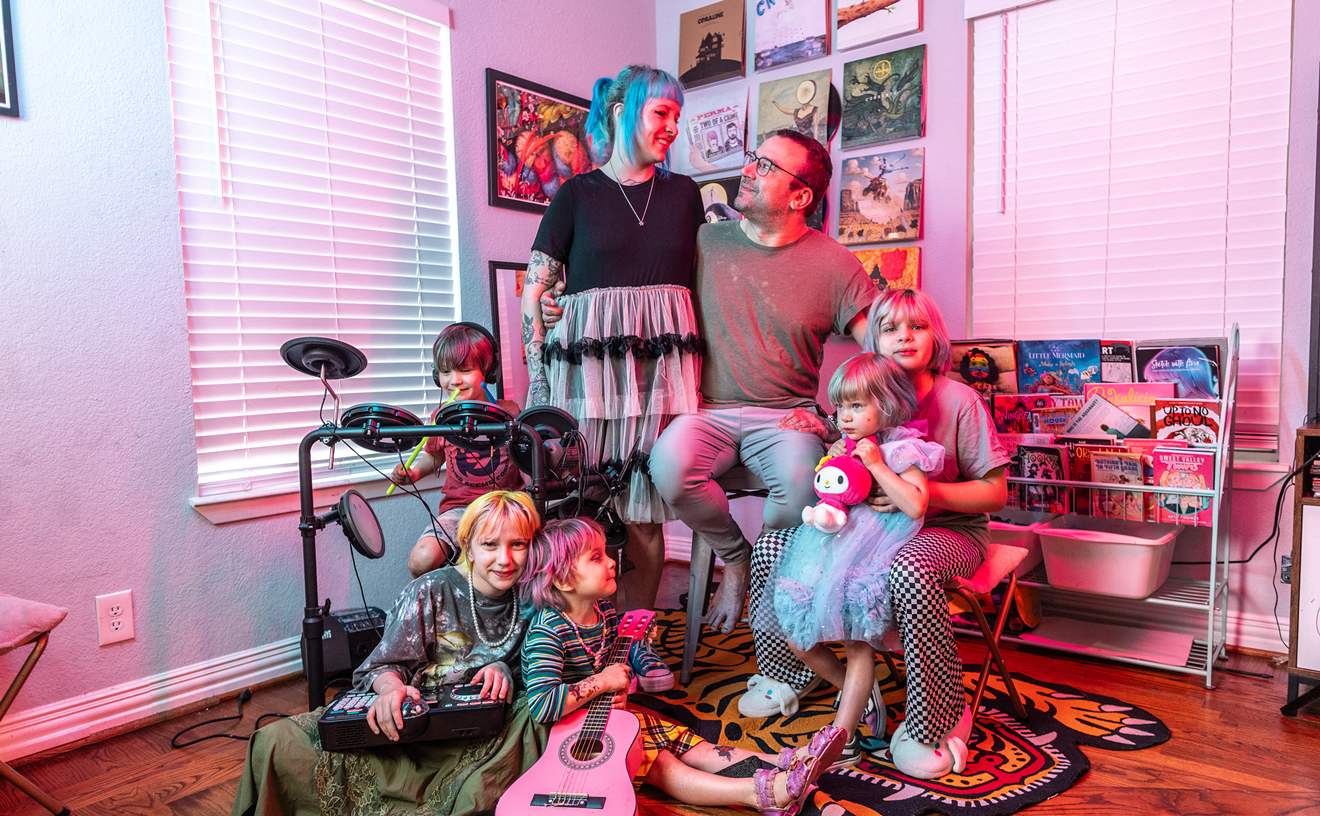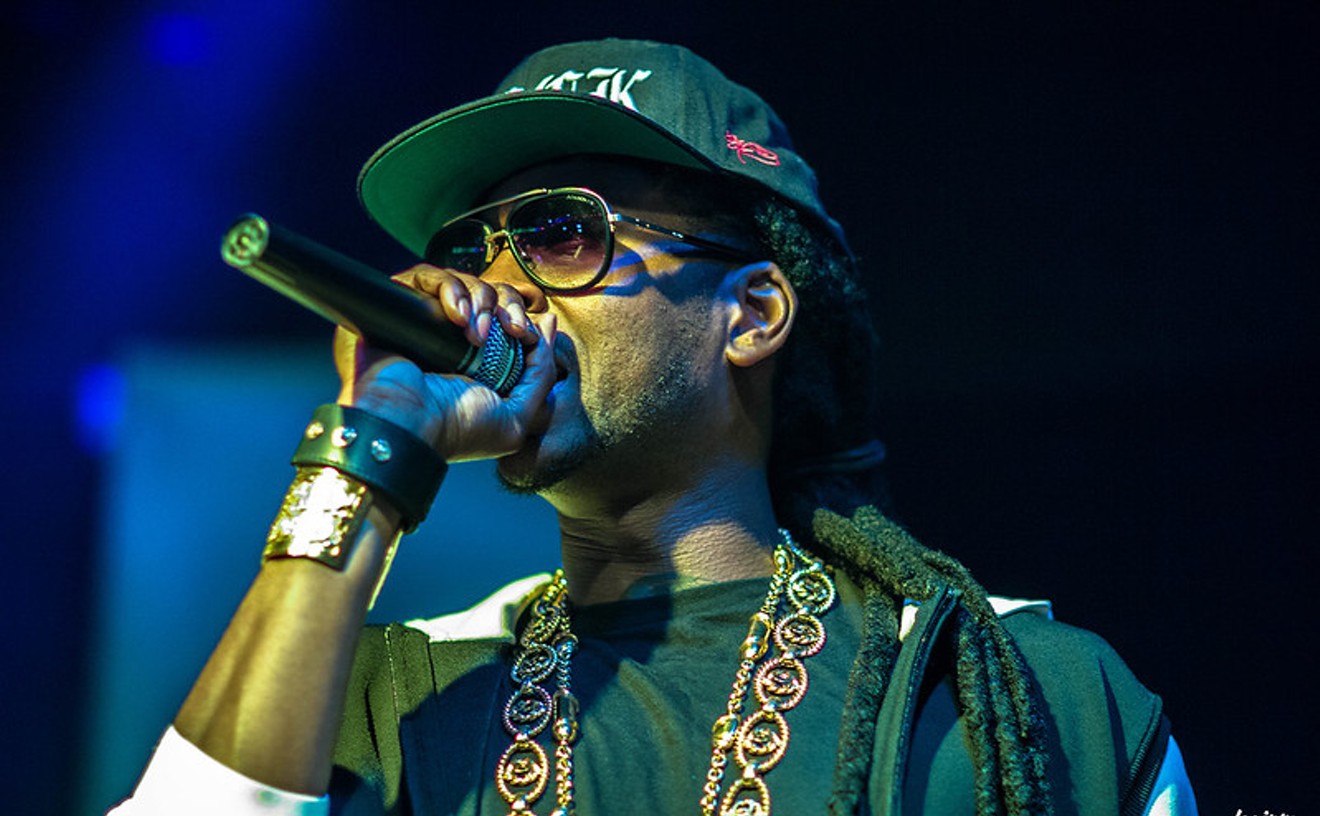Having achieved a level of stardom in the early to mid-'70s not far below that of his Memphis neighbor, Green had also verged into parallel realms of superstar danger—hot grits in the bath, anyone?—before finding his Lord and embarking on a musical ministry. By the end of '79, following an injury during a show that he took as a sign from God, Green would cease making secular albums for nearly a quarter-century and devote himself to gospel music and his church and its members (hence the hair salon to employ some of his congregants).
On that winter day in 1979, Green's 1,000-watt grin and gleam in his eyes matched his restless energy to indicate that the Spirit was not just within him but brimming out from his soul. He played a sample of the gospel music that he'd been recording for his visitor—"Up the Ladder to the Roof," also a 1970 hit for the Supremes (their first without Diana Ross). With his trademark voice swooping from soulful growl to sweet falsetto, Green delivered a double-whammy that brought out the spirituality in the number yet also echoed the sexiness of the secular hits earlier in the decade that made him a star. Though it would be seven years until the track finally appeared on his Trust in God album, it proved to be such an unshakable ear worm that it echoed over and over in this writer's mind for years to follow, whetting my appetite to hear it again.
And as Green devoted his considerable talents and energies to God, his pop hits such as "Let's Stay Together," "I'm Still in Love With You," "Call Me (Come Back Home)" and "Here I Am (Come and Take Me)" also continued to echo in the secular world as the apotheosis of sensual soul, thanks to a mix of the languid struts of their grooves, lusty brass parts and swooning strings, all of it topped by Green's near-miraculously emotive and supple singing. And on his recent return to making popular music with his last two albums, I Can't Stop and Everything's Okay—on which he was reunited with Willie Mitchell, the producer behind his 1970s milestones—the Al Green of yore is back in full form and force. He was saved by the Lord, and thank God, so was his talent.
Today's Al Green makes religiosity sound downright sexy and vice-versa, uniting the sacred-versus-profane duality into something that touches both the lower body and higher spirit. He's not just a soul survivor—as is also Etta James, who shares the bill at this week's show with a lusty roar of a voice that similarly melds struggle and triumph—but a living and still inspirational exemplar of the Golden Age of R&B (alongside Sam Moore and Solomon Burke). Green's an oldie but not just a goodie and is, in fact, a truly great one, and for the price of admission alone, you can bask in the presence of both a king and the Lord. And that, brothers and sisters, is one helluva heavenly deal indeed.










